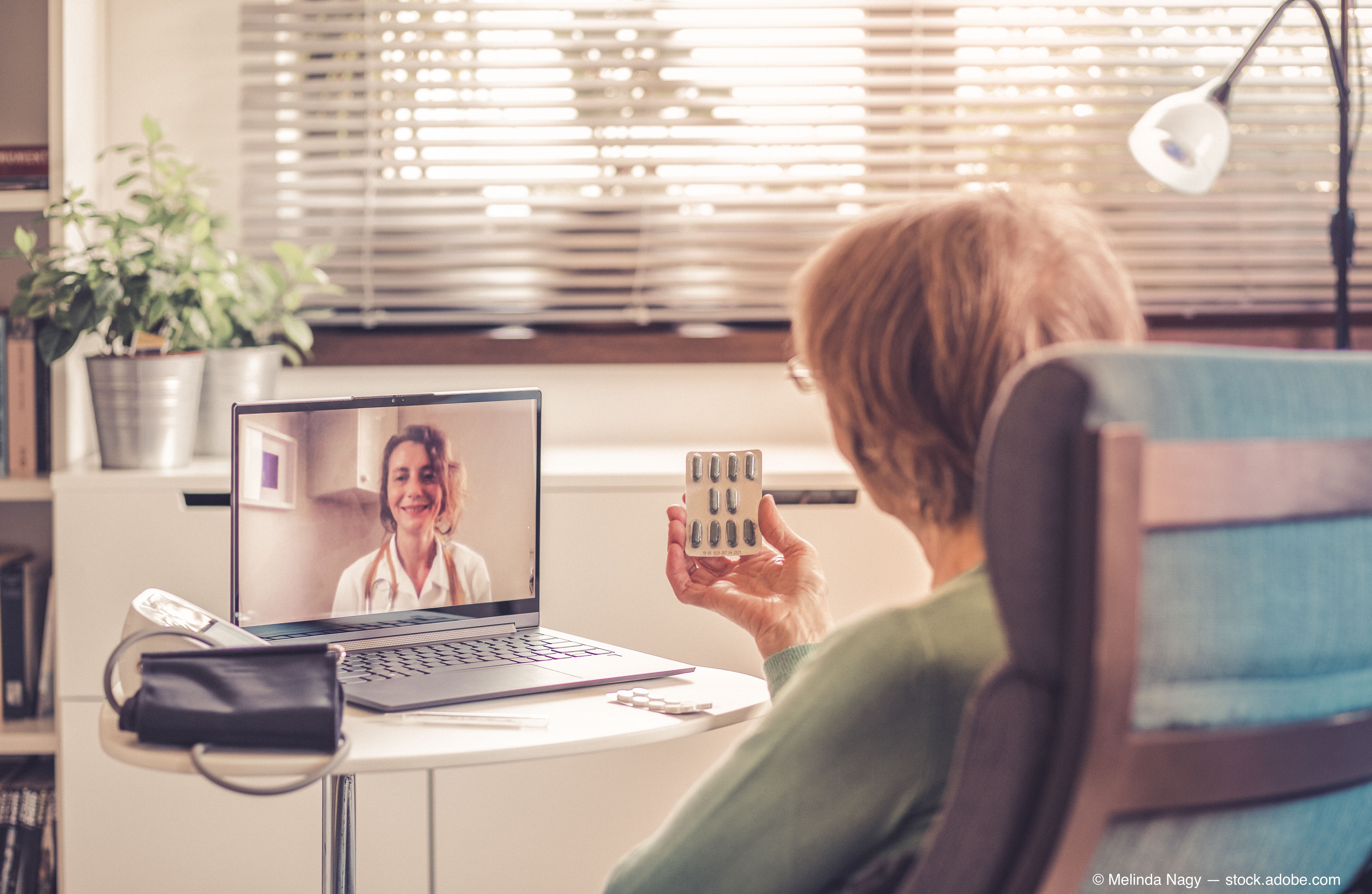Article
COVID-19: Survey finds Americans are embracing telehealth services
Author(s):
Challenges often drive innovation. Amid the current pandemic, an increasing number of Americans are using telehealth services and appear to like it, according to a new survey.

More Americans are using telehealth services and appear to like it, according to a new survey.
The American Academy of Ophthalmology’s most recent guidelines recommend televisits for all routine and nonurgent ophthalmologic care.
According to Andrew G. Lee, MD, chair of the Blanton Eye Institute, Houston Methodist Hospital, in Houston, Texas, the COVID-19 pandemic is transforming the way medicine is practiced throughout the country and the world.
“New alternatives to the modus operandi of traditional health care delivery have been necessary during these uncertain times,” Lee said. “One transformative alternative has been the use of telemedicine and virtual visits.”
After the World Health Organization officially declared COVID-19 a pandemic, U.S. healthcare providers nationwide began implementing telehealth solutions in order to continue seeing patients despite lockdowns and stay at home orders.
Survey results
In the survey from Updox, a virtual care and healthcare communication company, of 2,000 U.S. adults, 42 percent have used telehealth services since the beginning of the COVID-19 coronavirus pandemic.
Updox conducted the survey online by the Harris Poll with more than 2,000 U.S. adults aged 18+ participating. The survey shines light on consumer preferences of telehealth both now and post-COVID.
Of patents who like using telehealth services, 65% say it is because telehealth visits are more convenient than in-office appointments, and 63% say it’s because they do not have to worry about being exposed to other potentially sick patients.
Americans who like using telehealth services also like it because it’s easier to schedule an appointment via telehealth than an in-office appt (44%), and because follow-ups/communications post-appointment are more streamlined (38%).
“Following the current pandemic, telehealth will no longer be a ‘plus’ or ‘nice to have’ for practices -- it will become a requirement to stay in business. Virtual care and contactless offices will transform the way healthcare is provided, in response to both provider and patient concerns and preferences,” Michael Morgan, CEO, Updox, said in a statement. “Today’s healthcare providers are seeking modern, impactful ways to maximize patient engagement, improve outcomes and enable more timely, efficient connections between patients and their trusted physicians.”
Morgan added that the experience must be consistent whether the visit is virtual or in office.
“Consumers have spoken to say this will be an expectation post-COVID,” he said.
Embracing technology
The survey also found that 51 percent of respondents say that they would continue using telehealth services after the pandemic has ended because they like the convenience it offers, while 49 percent say that being able to see or speak to the physician of their choice rather than someone assigned to them will be key to their continued use of the services.
A further 26 percent of Americans and 30 percent of those over the age of 55 say that not having to download any special applications or programs will be key to their continued use of telehealth.
Amid the COVID-19 pandemic, ophthalmologists have encountered disruption in both clinical care and for teaching and learning. As a result, physicians have been given an opportunity to use new technology, such as telehealth, to continue their work.
Telemedicine has emerged as an essential technology for all healthcare professionals. In our experience, we have learned it is essential to have a written plan for how to incorporate telemedicine into daily practice prior to implementation.
Newsletter
Don’t miss out—get Ophthalmology Times updates on the latest clinical advancements and expert interviews, straight to your inbox.




